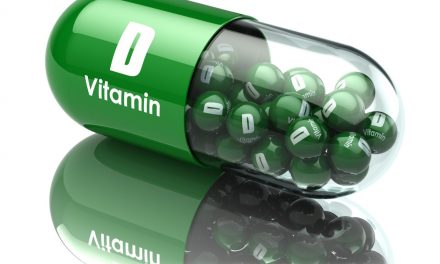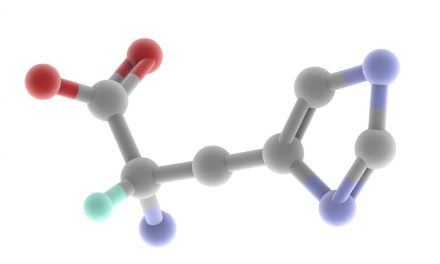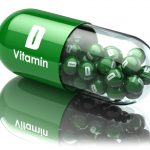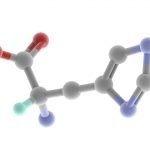*****
Just before summer season most of the gym and fitness centers members start a program aimed at muscle definition, trying to lose a certain amount of fat in order to highlight the muscles.
Muscle definition: the common mistakes
Generally the biggest mistake we made is to increase dramatically the training duration or the number of days per week in which we have our workout. Let us briefly recall that, if the training stress is too high compared to the resilience of the person, there will be an increase in the cortisol (hypercortisolism), which will result in the destruction of the internal proteins, resulting in loss of lean body mass. To get that muscular and lean physique, that everyone wants, we need to preserve the muscle tissue: the intensity and/or duration of training should be adjusted in an optimal way.
Moreover, it often happens that, to reach our goal more quickly, we significantly increase the aerobic activity. Although to increase the calorie consumption is a useful strategy, when taken to excess (over 40-45 minutes per session), it causes a rather significant internal protein catabolism. This phenomenon is clearly visible in athletes: the greater the distance the more we see athletes getting leaner and less muscled, the extremes are the 100 meters, where we see the physical incredibly “dry” and considerable muscle mass, and the marathon, in which athletes are particularly slim.
This is all due to the type of physical training that we sustain. So, it is clear that too much aerobic exercise is counterproductive on people who are looking for hypertrophy and muscle definition.
Another common mistake is to have frequent recourse to so-called “high intensity techniques”: stripping, supersets, triset, rest breaks, etc.. These training methods are effective to increase the intensity of work and, consequently, the amount of the produced lactate.
The accumulation of this metabolite in blood stream is a positive stimulus for the secretion of growth hormone, which also has among its functions to be extremely lipolytic (accelerates the degradation of fatty acids). The only disadvantage of these techniques is that, if used too often, they bring the athlete in a state of overtraining and, paradoxically, significantly increase muscle catabolism.
If to all this we add the trend to lower, even significantly, the caloric intake to increase muscle definition, we submit our body to a dual stress: a drastic reduction in calories and an inordinate increase of the amount of work in the gym, that brings a reduction in weight and body fat but causes a significant loss of lean muscle tissue.
Muscle definition: few advices
The advice is to gradually increase the intensity of work. Keep the classic scheme of work on different muscle groups. High intensity aerobic sessions will be introduced progressively (duration will be less than 20 minutes at their initial stage). As regards to nutrition, it will follow a “oscillating” diet based boosting the amount of carbs/calories on days when you exercise and caloric restriction in the days of recovery. All this, with the goal to increase metabolism and muscle definition. Here is a list of tips for those who are about to start a training program aimed at muscle definition:
- Increase the intensity of your first and then, eventually, the duration;
- Maintain at least a basic exercise per muscle group, using the series to 75-80% of your maximum load;
- Use aerobic/anaerobic circuits no more than 2 times a week;
- Use interval training as a form of aerobic activity;
- Drink plenty of water during workouts;
- Increase the protein intake, without completely eliminate the amount of carbohydrates and fats;
- Use a good thermogenic before exercise.
These general recommendations, which will be modeled on the individual, represent a good starting point to reach an enviable muscle definition.











